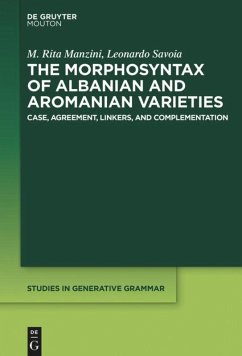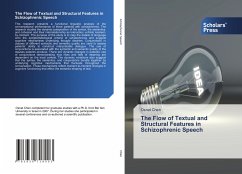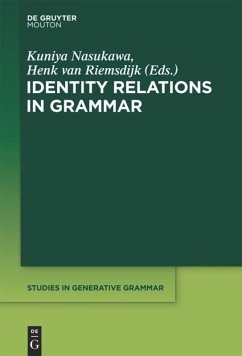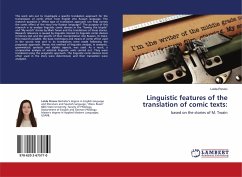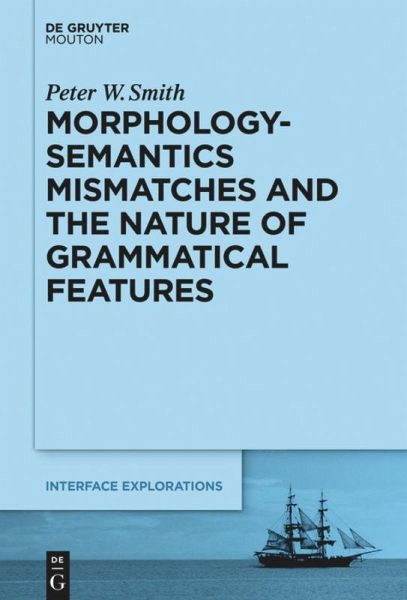
Morphology-Semantics Mismatches and the Nature of Grammatical Features

PAYBACK Punkte
0 °P sammeln!
Hybrid nouns have a morphological shape that doesn't match their semantic interpretation. Such nouns pose clear and interesting questions for the nature of grammatical features. For instance, how does a single feature contribute distinct information values to different components of the grammar? Furthermore, what does this observation reveal about the syntax, often taken to mediate between the morphology and the semantics?This book studies hybrid nouns and argues that a single grammatical feature is comprised of two halves, a semantic half and a morphological half, that coexist in the syntax b...
Hybrid nouns have a morphological shape that doesn't match their semantic interpretation. Such nouns pose clear and interesting questions for the nature of grammatical features. For instance, how does a single feature contribute distinct information values to different components of the grammar? Furthermore, what does this observation reveal about the syntax, often taken to mediate between the morphology and the semantics?
This book studies hybrid nouns and argues that a single grammatical feature is comprised of two halves, a semantic half and a morphological half, that coexist in the syntax before being sent to the respective interfaces. Viewing features in this way allows us a new look at numerous types of hybrid nouns, such as Imposter constructions, nouns of collection, as well as nouns like 'furniture' that straddle the mass-count distinction. Moreover, the study of the agreement patterns of hybrid nouns shows that semantic features behave differently to morphological features under agreement, providing a novel insight into the nature of the mechanism that underlies morphosyntactic agreement.
This book studies hybrid nouns and argues that a single grammatical feature is comprised of two halves, a semantic half and a morphological half, that coexist in the syntax before being sent to the respective interfaces. Viewing features in this way allows us a new look at numerous types of hybrid nouns, such as Imposter constructions, nouns of collection, as well as nouns like 'furniture' that straddle the mass-count distinction. Moreover, the study of the agreement patterns of hybrid nouns shows that semantic features behave differently to morphological features under agreement, providing a novel insight into the nature of the mechanism that underlies morphosyntactic agreement.




